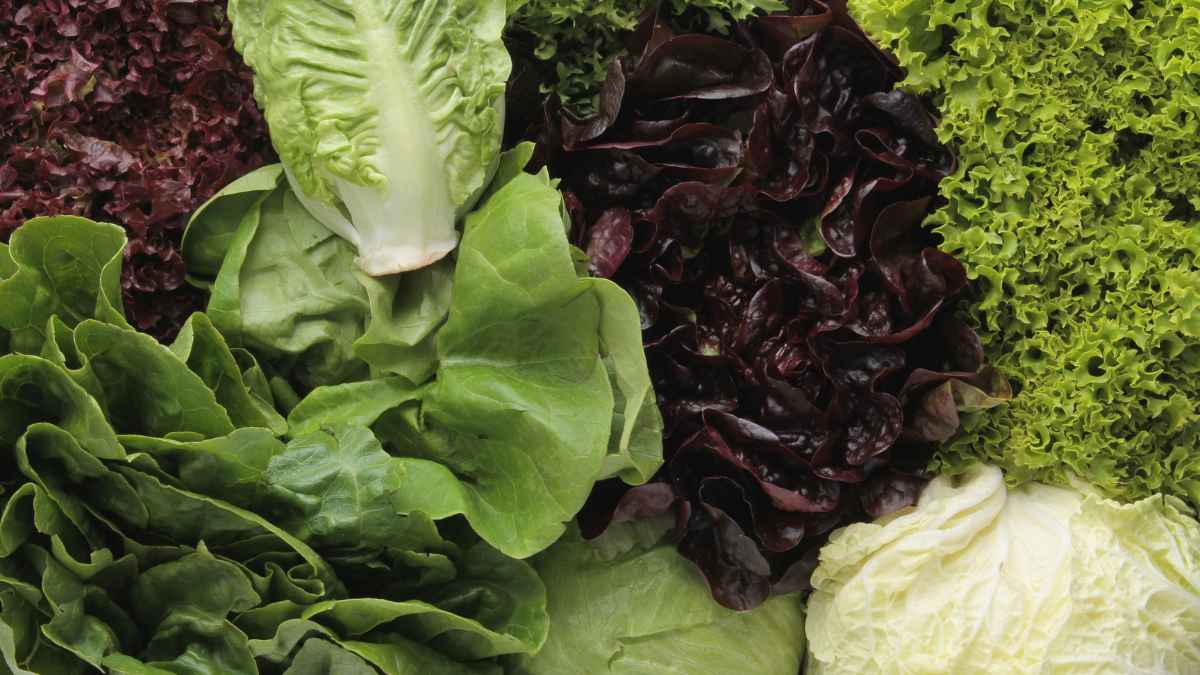
With its crisp texture and refreshing taste, lettuce is a staple worldwide in salads, sandwiches, and wraps. Growing your lettuce at home not only ensures a constant supply of fresh greens but also allows you to explore a variety of flavors and textures. Below we’ll walk you through everything you need to know to grow lettuce successfully in your garden.
Lettuce has several varieties with unique flavor, texture, and growing preferences. Back Home on the Farm carries the following lettuce varieties: Cheap Frills Lettuce, Buttercrunch, Fresh Heart, Allstar, and Bonvivant. Consider factors such as your climate, available space, and taste preferences when selecting a variety for your garden.
Lettuce thrives in cool weather, making it an excellent choice for spring and fall gardens. It prefers full sun but can tolerate partial shade, especially in hotter climates. Ensure your soil is well-drained, fertile, and rich in organic matter. Aim for a soil pH between 6.0 and 7.0 for optimal growth.
Lettuce can be grown from seeds or transplants, depending on your preference and growing season. For a continuous harvest, sow seeds every few weeks throughout the growing season. Plant seeds ¼ to ½ inch deep and space them according to the variety’s recommendations. Keep the soil consistently moist until the seeds germinate.
Lettuce requires regular watering to keep the soil consistently moist but not waterlogged. Avoid overhead watering to prevent the development of fungal diseases. Mulch around the base of the plants to retain soil moisture and suppress weeds.
Fertilize lettuce plants with a balanced fertilizer every 3-4 weeks to promote healthy growth. Monitor your plants for pests such as aphids, slugs, and snails. Handpick any pests or use organic insecticidal soap to keep them under control.
Harvest lettuce leaves when they reach your desired size, typically 4-6 inches long for leaf lettuce and 6-8 inches tall for head lettuce varieties. Use a sharp knife or scissors to cut the leaves just above the soil level. Harvest outer leaves first, allowing the inner leaves to grow for future harvests.
Once harvested, lettuce can be enjoyed in a variety of culinary creations. Use it as a base for salads, sandwiches, wraps, and tacos, or incorporate it into soups, stir-fries, and smoothies. Lettuce is also versatile in appetizers, side dishes, and even desserts.
Visit our blog for more tasty recipes and gardening tidbits!




